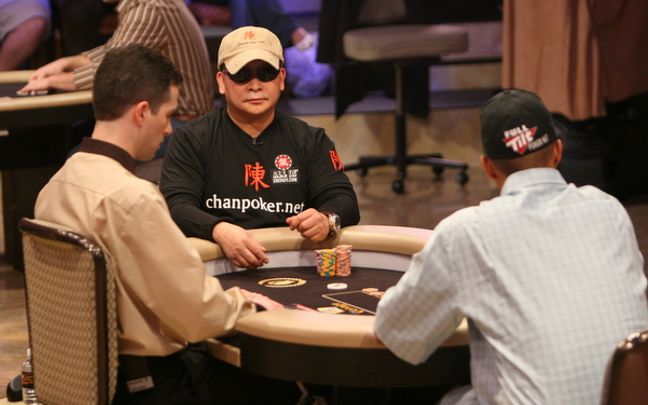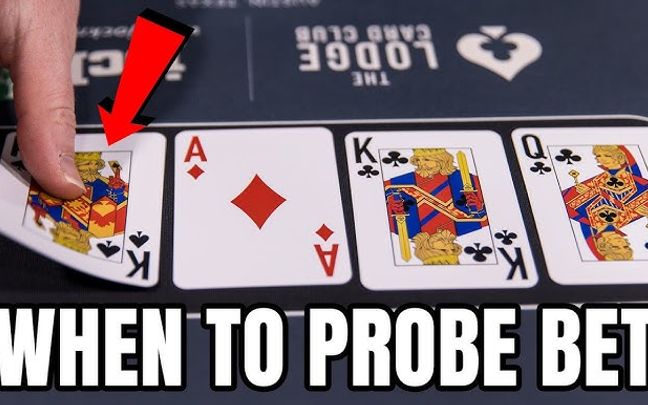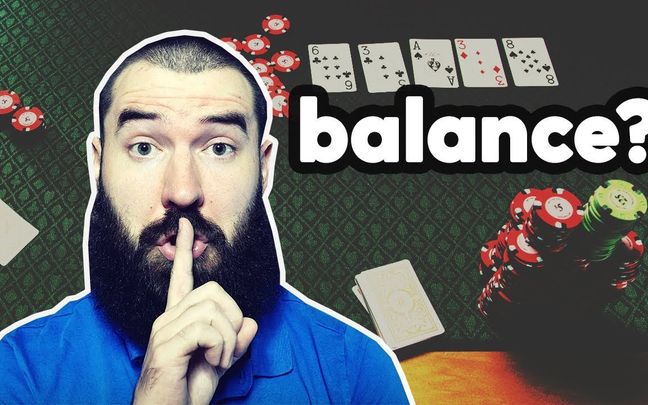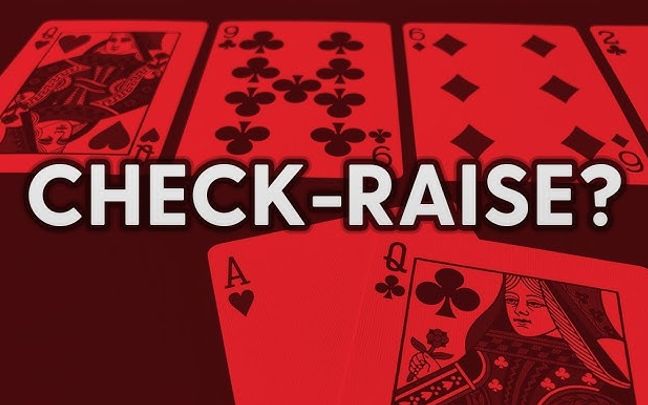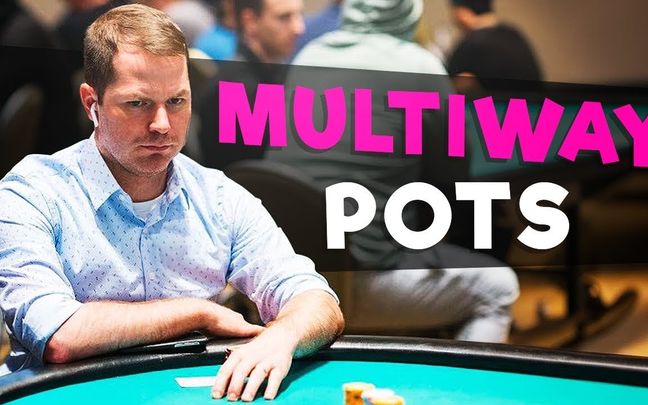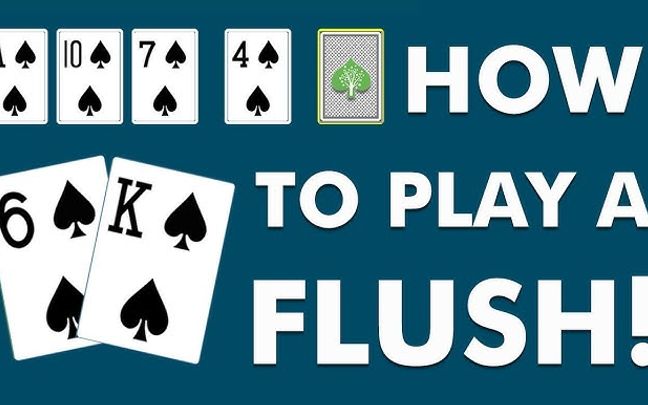The progressive bet size in poker is an important tool that helps players adjust the bet size each round of bets from the Flop to the River. It not only optimizes the value of a strong hand but also puts pressure on the opponent, ensuring efficiency and victory in each hand.

What is a progressive bet size in poker?
In poker, progressive bet size is a strategy that adjusts the size of bets on a round-by-round basis to optimize the value of strong hands and pot control. This strategy involves betting with different amounts at different betting rounds (Flop, Turn, River), based on the opponent's reaction and the structure of the board.

Basic Aspects of Progressive Bet Size
Optimize value from a strong hand
When you have a strong hand, such as a big pair or a triple, the bigger bet helps build the pot and maximize profits. Betting too small may not unlock the full value of your strong hand.
Adjust according to the board structure
The bet size needs to match the current board type. On a dry board (less draw), you can bet bigger to make your opponent fold easily. Meanwhile, on a wet board (multiple draws), larger bets may not be effective because the opponent may call or raise with more options.
Opponent reaction
What matters in progressive bet size is the opponent's reaction after each betting round. If your opponent frequently calls or raises your bet, you can adjust the bet size to optimize the value or make them fold.
Make it difficult to predict your actions
Changing the bet size and gameplay helps you maintain a non-predictable style of play. This makes it difficult for opponents to predict your actions, making it easy to make mistakes in situation analysis.
Use of location and information
Your position on the table also determines the choice of bet size. From the late position, you can bet bigger to control the pot. Meanwhile, from an early position, you should be more cautious not to be re-raised by your opponent later.
Fold equity and bluffing
Progressive bet size is also related to the ability to fold the opponent (fold equity). Bigger bets can increase your opponent's chances of folding, especially when you have a strong draw or semi-bluff.

Example of progressive bet size in poker
Let's say you're playing poker and you've raised from an early position with a triple (trips) on the flop. The current board is dry, which means there aren't as many potential draws as flush draws or straight draws. With your trio, this is a very strong hand and you want to build the pot properly. In the flop betting round, betting a small amount can make the opponent feel comfortable and call with a wider range of cards.
This way, you can keep your opponent in the betting round and increase the amount of money in the pot. When it comes to the Turn betting round, if your opponent continues to call your bet, this indicates that they may have a stronger hand or are putting together a draw.
Here, you can consider bigger bets to build the pot, taking advantage of the strength of your hand. Bigger bets can make opponents feel pressure and make decisions more difficult.
When it comes to the River betting round, if you have succeeded in building the pot and your opponent keeps calling to the River, you can consider betting even bigger to win as much profit as possible from your strong hand.
However, this also depends on your assessment of your opponent's hand range, as well as their willingness to call a big bet on the River. In this example, the progressive bet size has helped you control the pot from the Flop to the River and maximize the value of your strong hand. Changing the bet size from round to round has made your strategy unpredictable and difficult for opponents to read, increasing the likelihood of success in the hand.

Important Notes on Progressive Bet Size in Poker
Here are some notes on how, as well as strategies when you use progressive bet sizes in poker hands.
Positional Betting Strategy
Research how to adjust the bet size based on your position on the table; including betting from the Early Position, Middle Position and Late Position. Compare the strategies and benefits of betting bigger from the last place.
Bluffing and progressive bet size
Analyze how to use progressive bet sizes in bluff situations. Ask questions about when and how you should adjust your bet size to increase your chances of bluffing success.
Protection Betting
Research how to use progressive bet sizes to protect strong hands from potential draws. Compare the strategy when the board has a lot of draws with when the board is dry.
Adjust the bet size based on the opponent's trend
Study how to adjust the bet size based on your opponent's playing habits and behaviors. Compare how to use progressive bet sizes to take advantage of loose opponents versus cautious opponents.
Adjust your strategy in the tournament
Research on how to adjust the bet size in poker tournaments; including strategies when approaching the bubble stage and the final table. Compare the use of progressive bet sizes in each stage of the tournament.
In conclusion, progressive bet size is not just a basic technique but an art in poker, requiring a deep understanding of the elements that work at the table and the ability to adjust strategies flexibly.

By applying these principles wisely, you can improve your tactical skills and increase your chances of success in each hand. The progressive bet size not only helps you control the pot, but it is also an important tool for demonstrating your analytical and strategic abilities in the highly competitive environment of poker.

